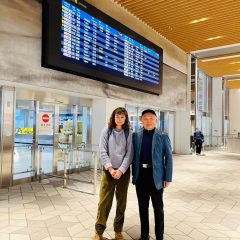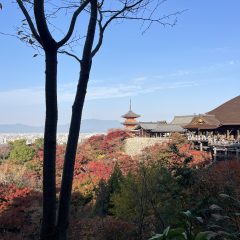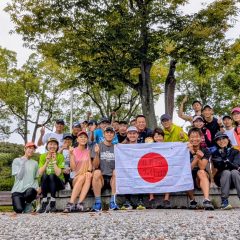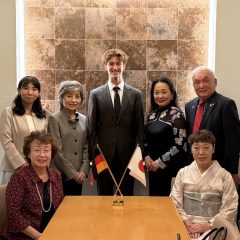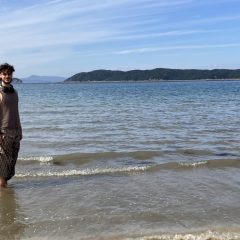☆☆☆Second report of Antonia Kammüller, 21 scholarship holder of the Grünwald Foundation☆☆☆
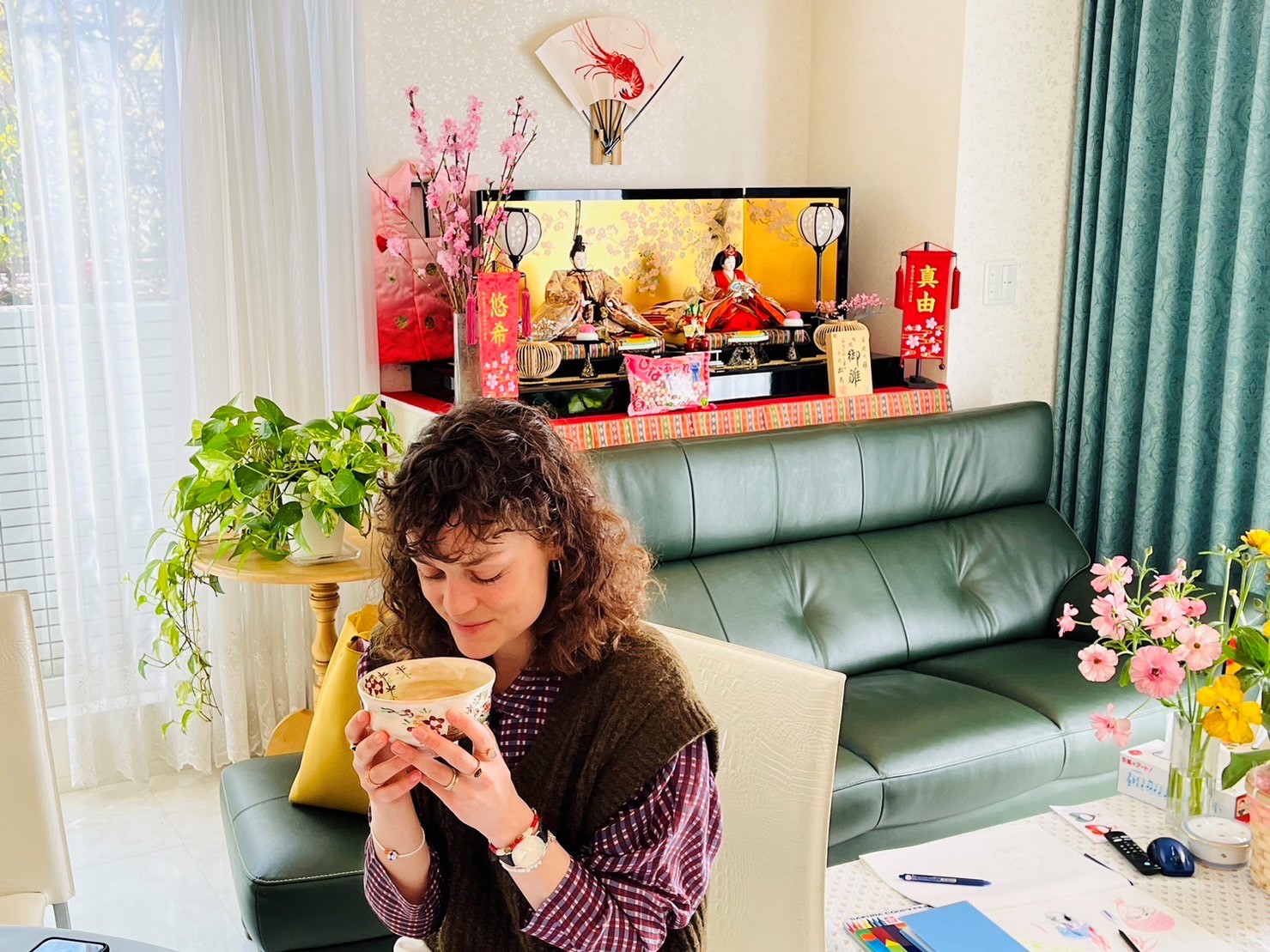
The past two weeks of my time in Japan have been full of amazing experiences and new adventures. I have had the opportunity to immerse myself in Japanese culture, meet new people, and explore beautiful parts of the country. I can’t believe how many intercultural experiences I’ve had, and how friendly the people are, no matter where in the country I am. I’m also feeling more and more confident with the Japanese train system, which was so confusing for me in the beginning, especially at the Umeda Osaka station.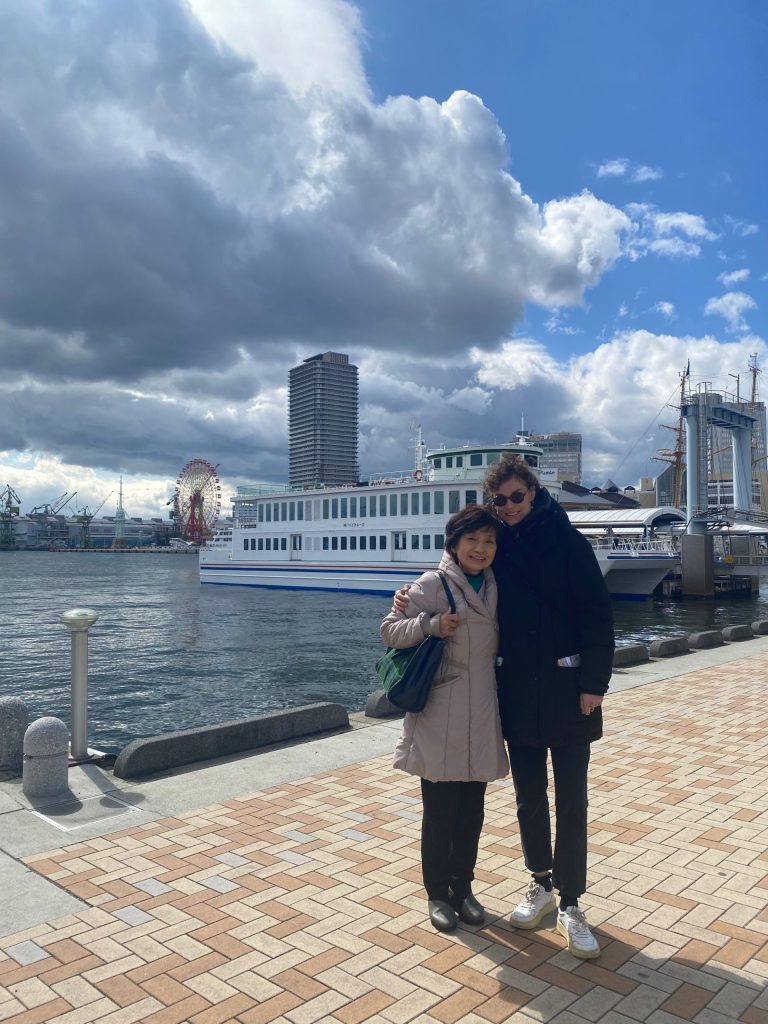
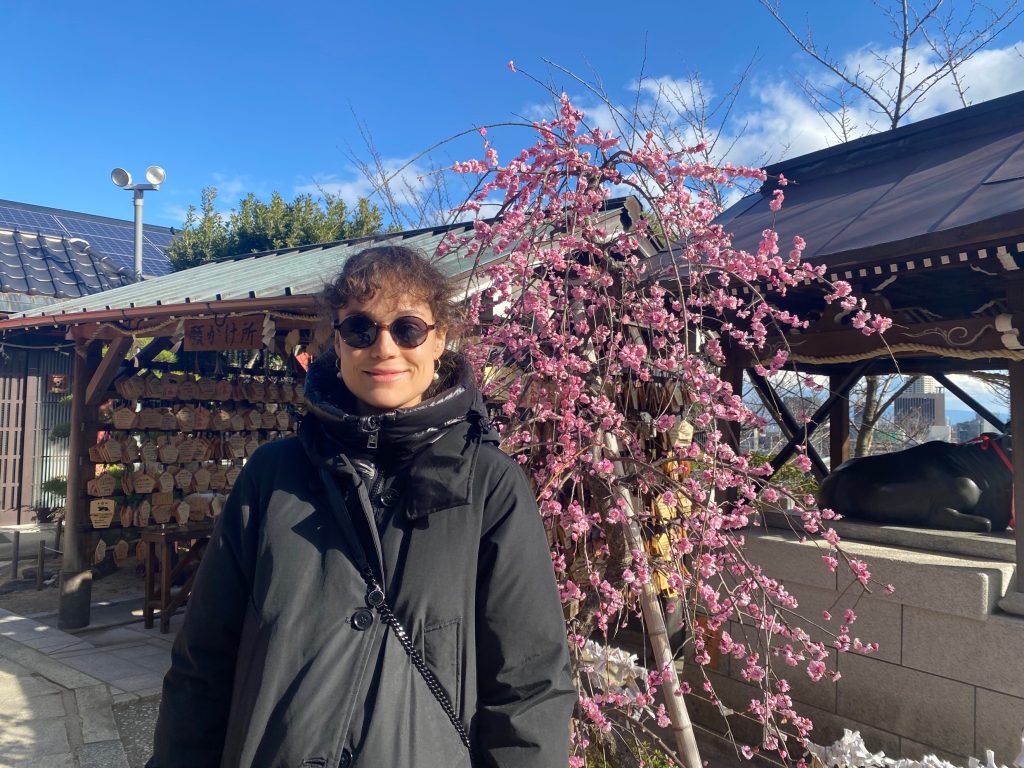
One of the most formative experiences of the past two weeks was visiting Kobe during the Ume season with Mrs. Ikawa. I learned about the history and culture of the city and its people. Kobe was a major industrial hub in Japan and was one of the first cities in Japan to welcome foreign merchants and traders, who came from various countries, including China, the United States, and Europe. However, the city’s fortunes changed drastically on January 17, 1995, when it was hit by a devastating earthquake that killed over 6,000 people and destroyed many buildings and infrastructure. The earthquake, which had a magnitude of 6.9 on the Richter scale, caused widespread damage and disruption, and forced many people to leave the city.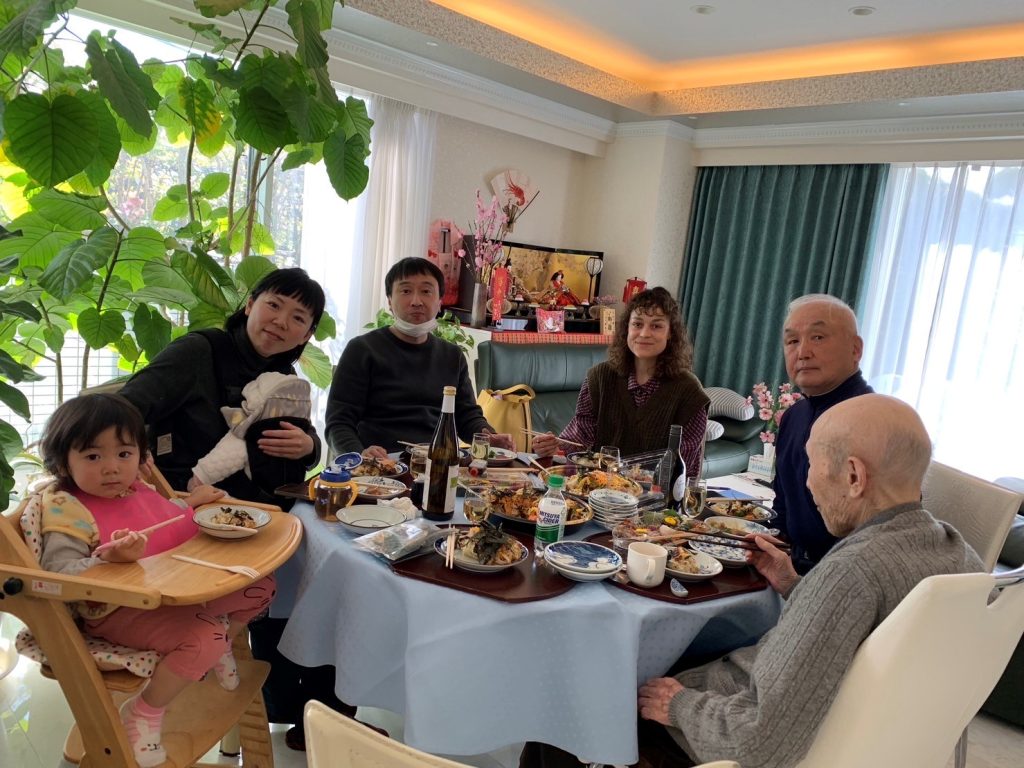

I was also invited to the Hinamatsuri celebration at Mr. Okamoto’s house. I was treated like part of the family and his son’s family even joined us for the festivities. Hinamatsuri, also known as the Doll’s Festival or Girls’ Day, is a traditional Japanese festival celebrated on March 3rd to pray for the happiness and growth of young girls. During the festival, families with young daughters will display a set of dolls called “Hina-ningyo” on a tiered stand. These dolls represent the emperor, empress, and their court, dressed in traditional Heian-period attire. The dolls are often passed down from generation to generation and are considered to be very precious family heirlooms. We also enjoyed Chirashisushi, which is a type of sushi that consists of a bed of sushi rice topped with a variety of raw fish, seafood, and vegetables. It’s a colorful and flavorful dish that’s often enjoyed during special occasions and festivals.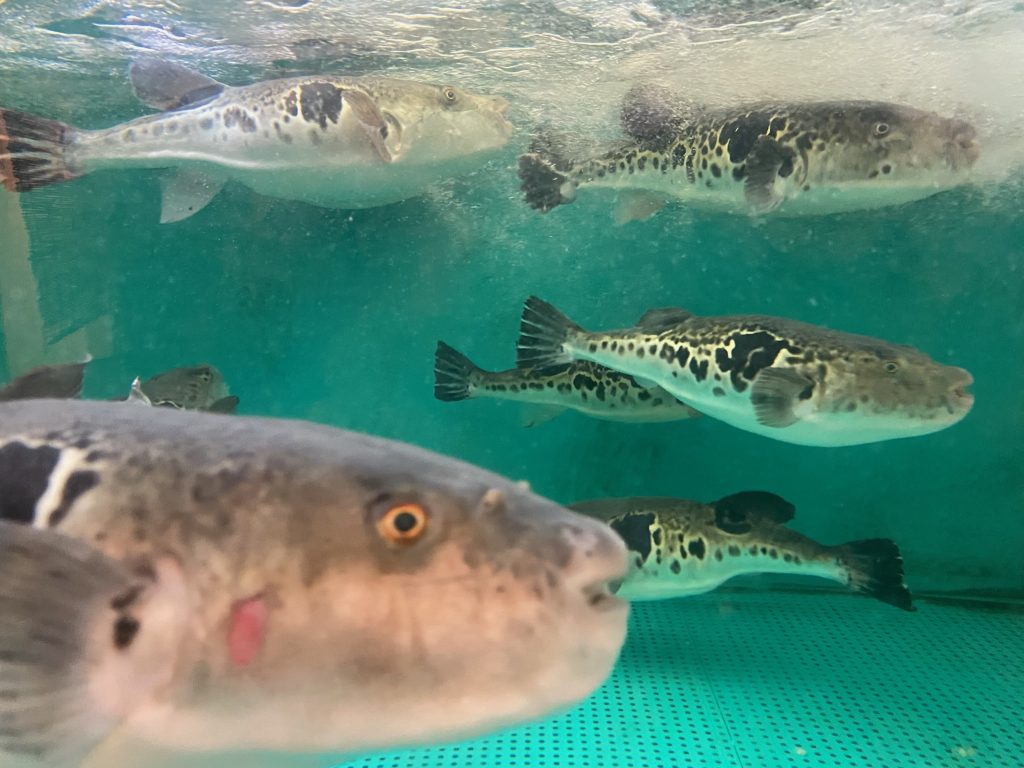
The next evening Mr. Okamoto invited me to a Fugu restaurant, which is a type of pufferfish that is considered a delicacy in Japan and therefore really expensive. Thank you, Mr. Okamoto, for being so generous with me! The reason why it’s unique to eat is that it contains a toxic substance called tetrodotoxin, which can be lethal if not prepared correctly. Fugu chefs must undergo rigorous training and obtain a special license before they are allowed to serve Fugu to customers. The preparation of Fugu is highly regulated in Japan to ensure its safety, and it is only available in certain restaurants.
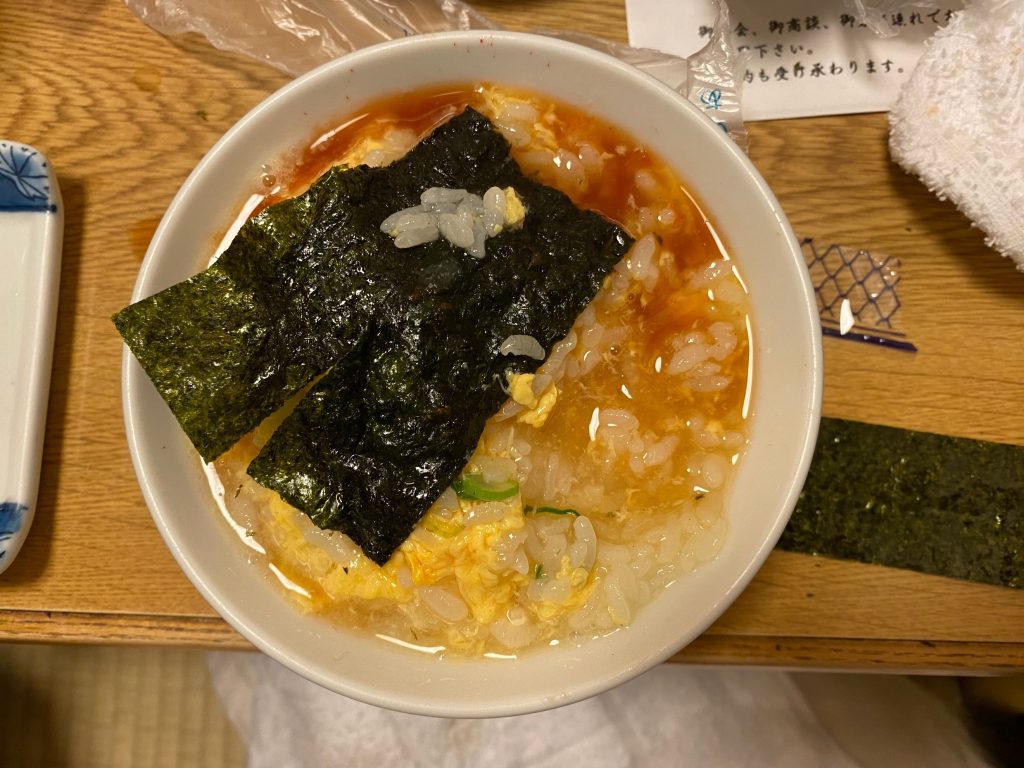
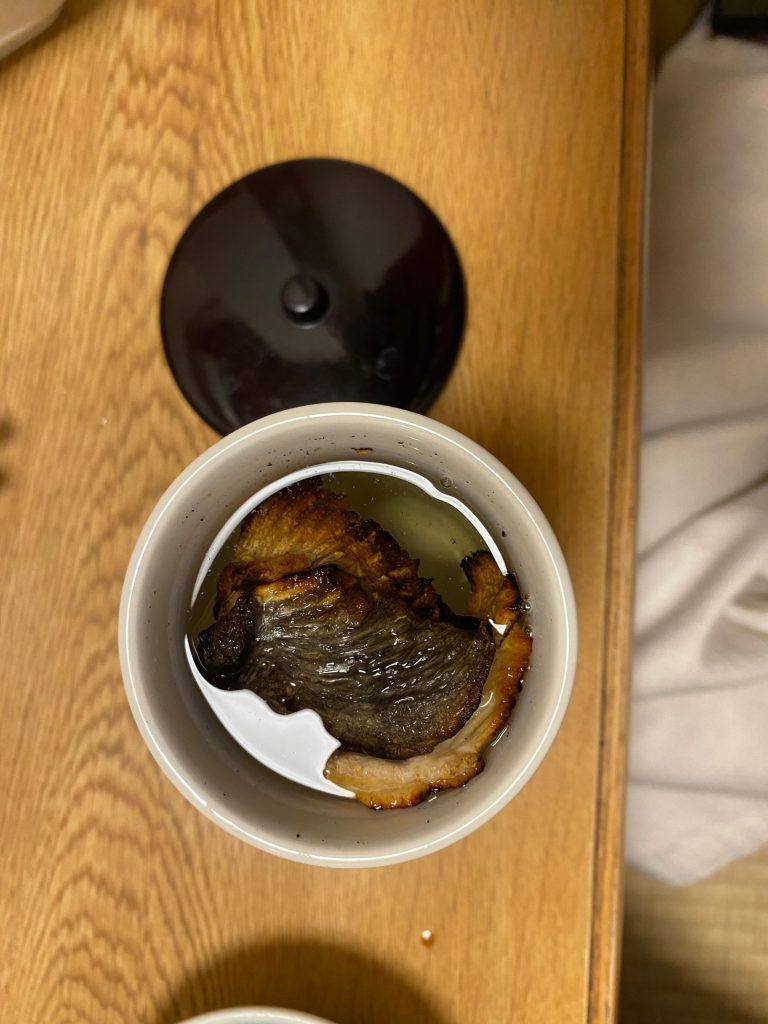
Despite its potential danger, Fugu is still very popular in Japan, especially as part of a special meal or celebration. The texture of Fugu is delicate, and the flavor is mild and slightly sweet. It’s often served thinly sliced and raw as sashimi, or cooked in a hot pot, deep-fried, or grilled. We even had sake with the tail of the fugu, and Yoko made zosui with the rest of the fishsoup and additional dashi, which was absolutely delicious. It was such an amazing opportunity to experience Japanese food culture and hospitality.
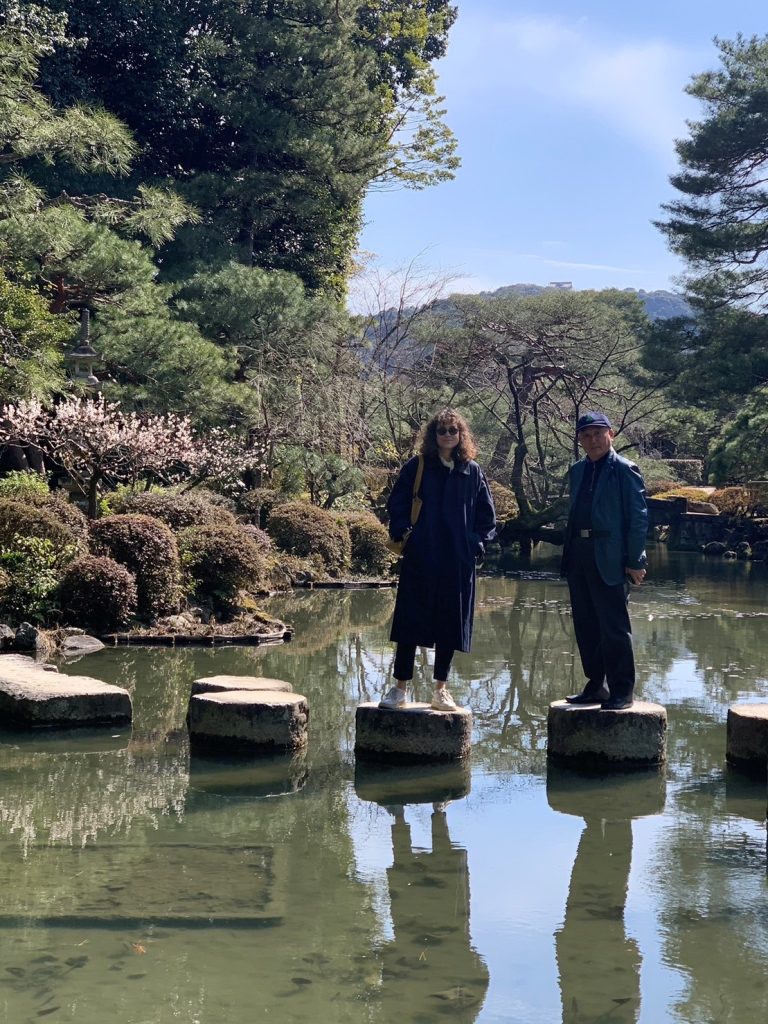
During the same weekend, I went to Kyoto together with Mr. and Mrs. Okamoto to see a concert with a pianist and a singer who sang lots of German songs from Mozart, Schubert, and Hugo Wolf. It has been a touching and emotionally significant experience for me, because music is an universal language that can bridge cultural barriers and bring people together.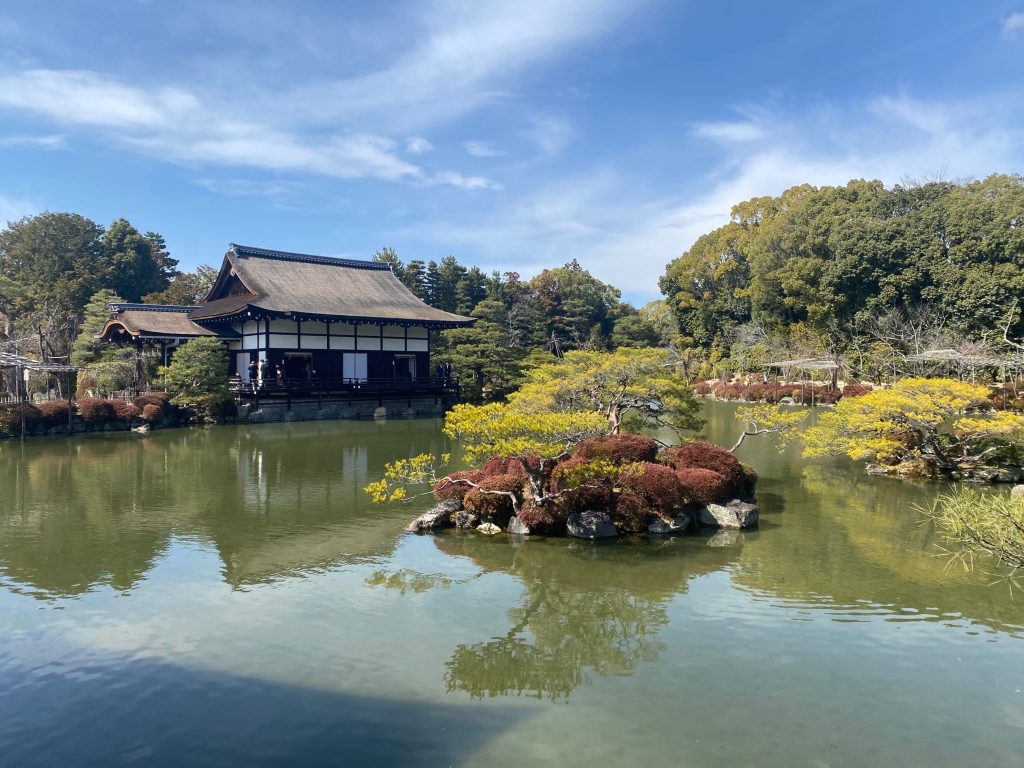
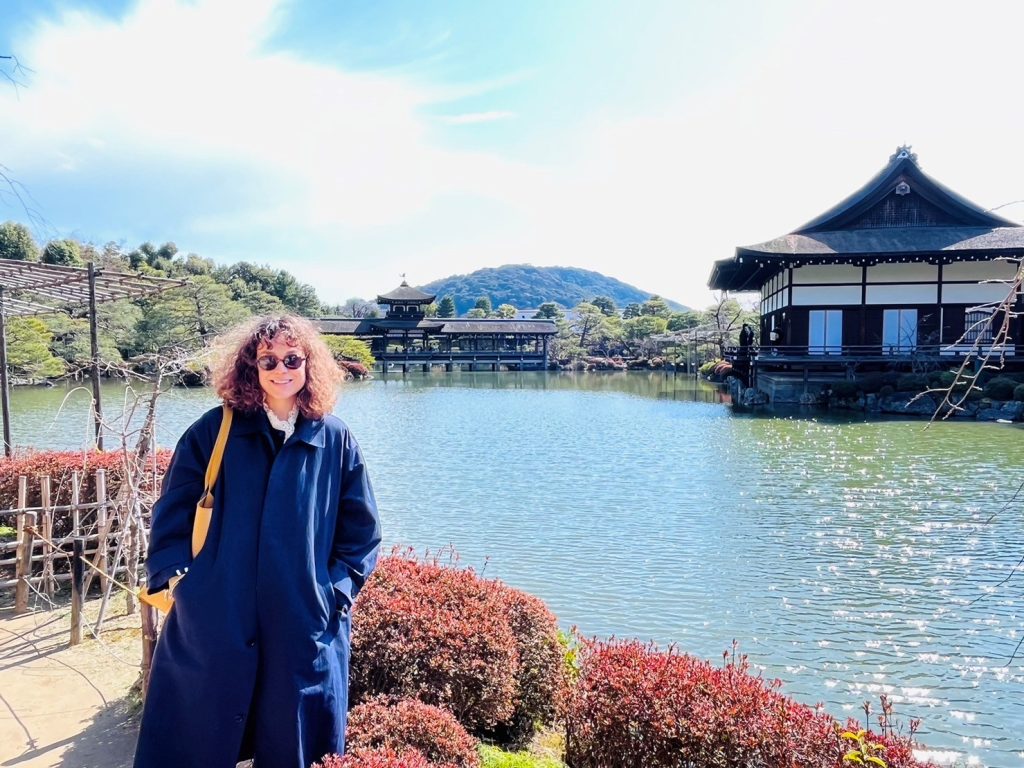
Before the concert, we had the best tempura in my life and went to a wonderful garden where I sensed the beauty of stillness and how important it is for Japanese culture. Stillness, or ma (間) in Japanese, is an essential element in Japanese gardens. In Japanese aesthetics, ma refers to a pause, a moment of silence or emptiness between objects or elements. It is the interval between things that gives them meaning and creates a sense of harmony and balance.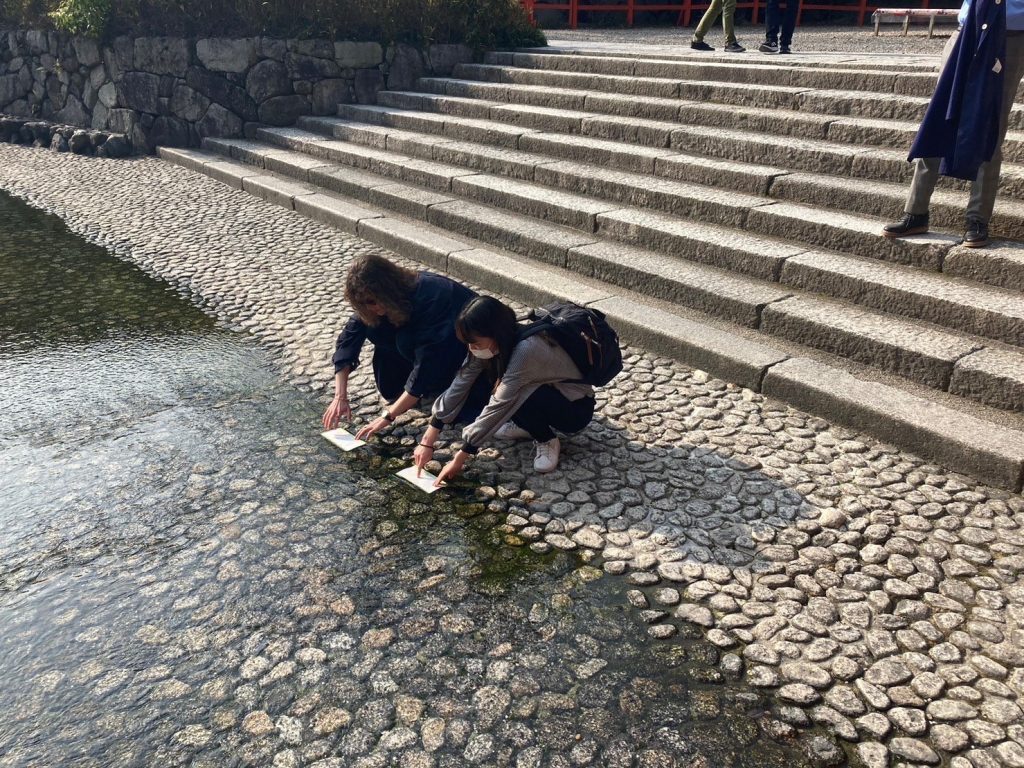
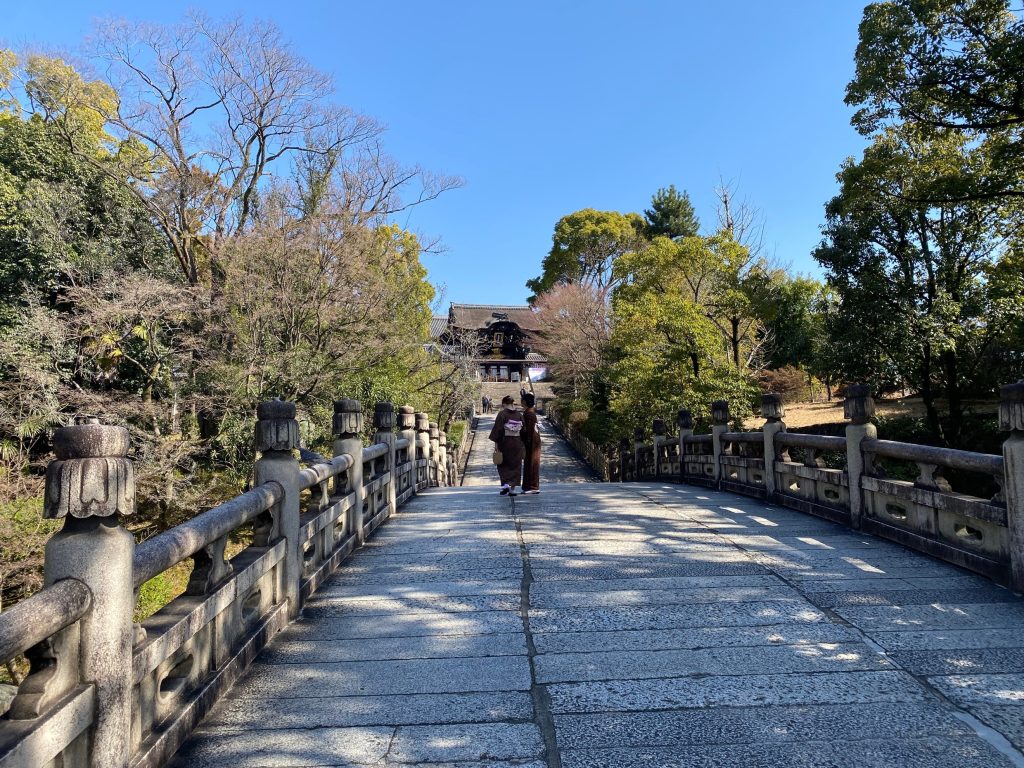
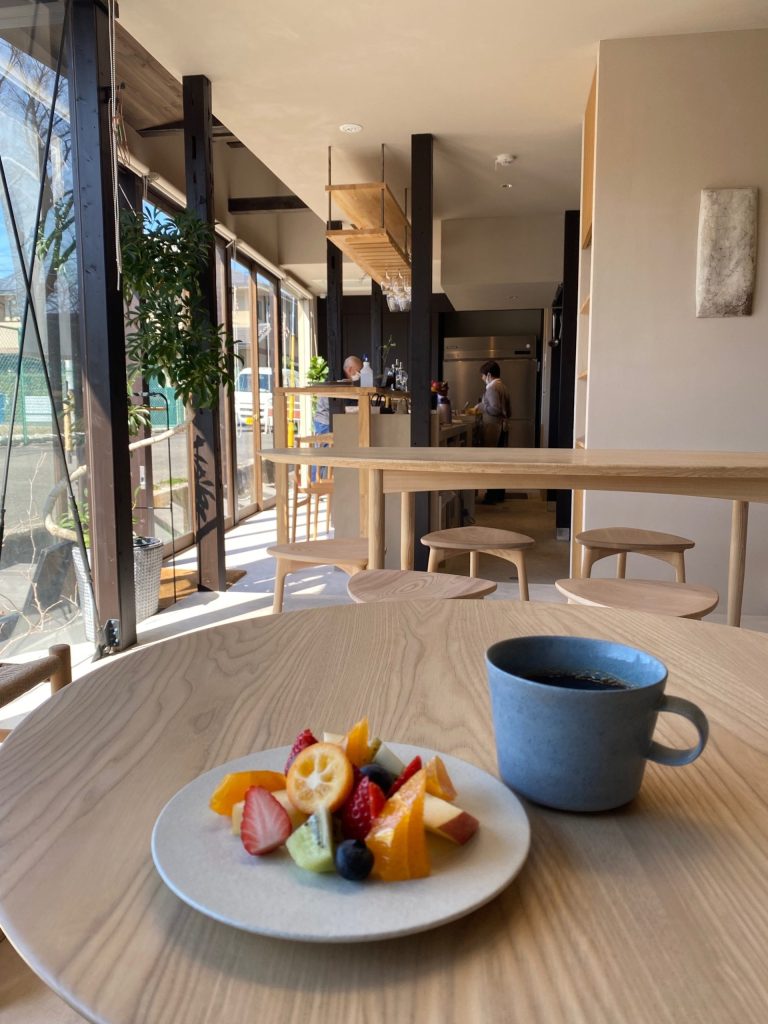
I also met students from Kyoto who showed me the Shimogamo shrine, which is the oldest in Kyoto. We did a horoscope in the water together (great future ahead of us!), had coffee, and chatted about Japanese pop culture. They were extremely patient and welcoming, making sure that I felt comfortable and included throughout our time together. I learned about the latest music, fashion, and entertainment trends in Japan and also gained a deeper understanding of the values, beliefs, and attitudes of the younger generation. Meeting young Japanese people is very interesting for me because it showcased the similarities and differences between our cultures, and promote a sense of cultural exchange and appreciation.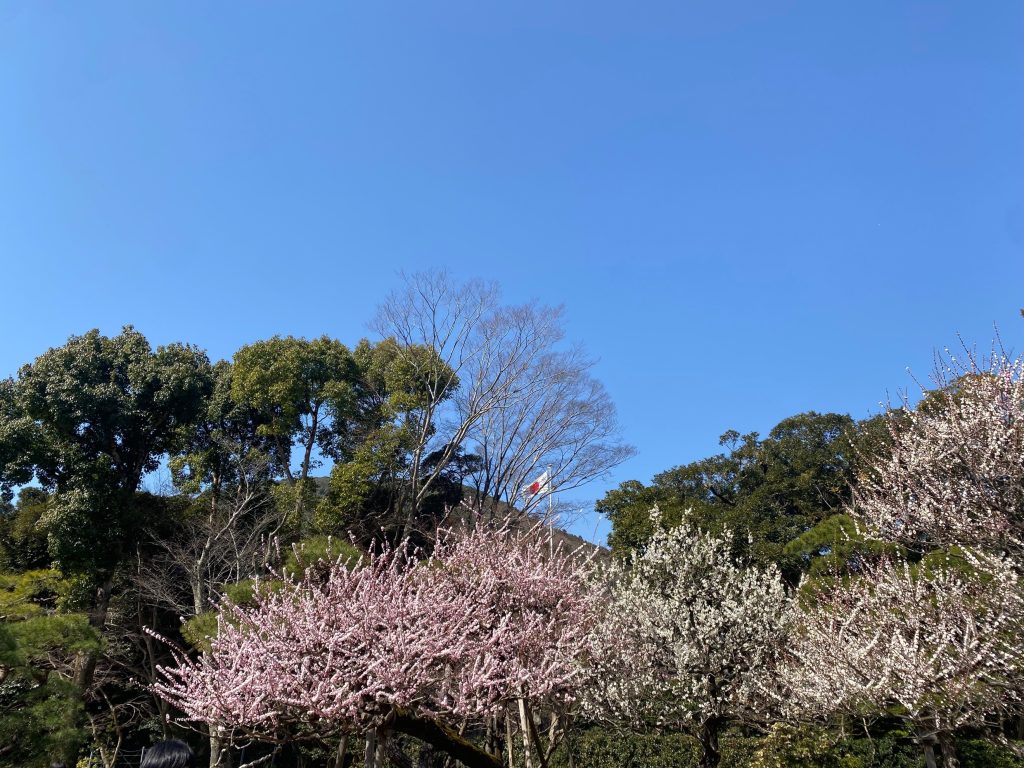
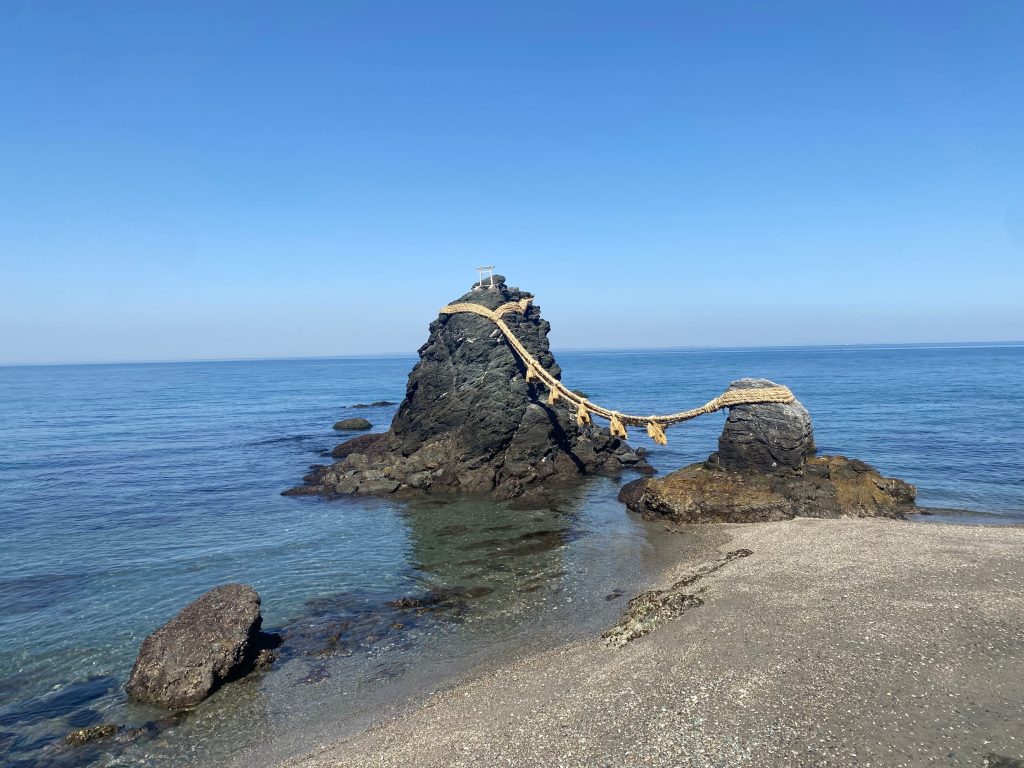

Visiting the Ise Shrine and the Meoto Iwa was a spiritual experience for me. The Ise Shrine, also known as the Ise Jingu, is one of the most sacred sites in Japan and is considered the spiritual home of the Shinto religion. It is dedicated to the sun goddess Amaterasu, who is believed to be the ancestor of the Japanese Imperial family. The Meoto Iwa, or the Wedded Rocks, are a pair of sacred rocks located in the sea near the town of Futami, also in Mie Prefecture. They are believed to symbolize the union of the gods Izanagi and Izanami, who according to Shinto mythology created the Japanese archipelago and the gods. Many Japanese people visit these sites to offer prayers and pay their respects to the gods and ancestors.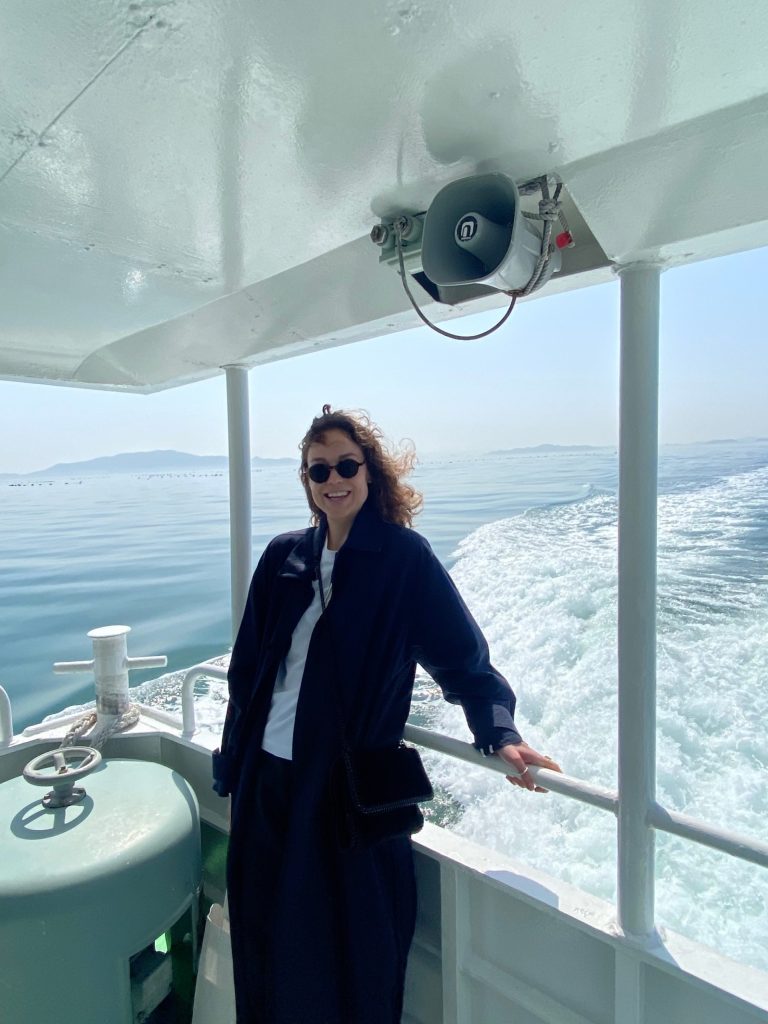
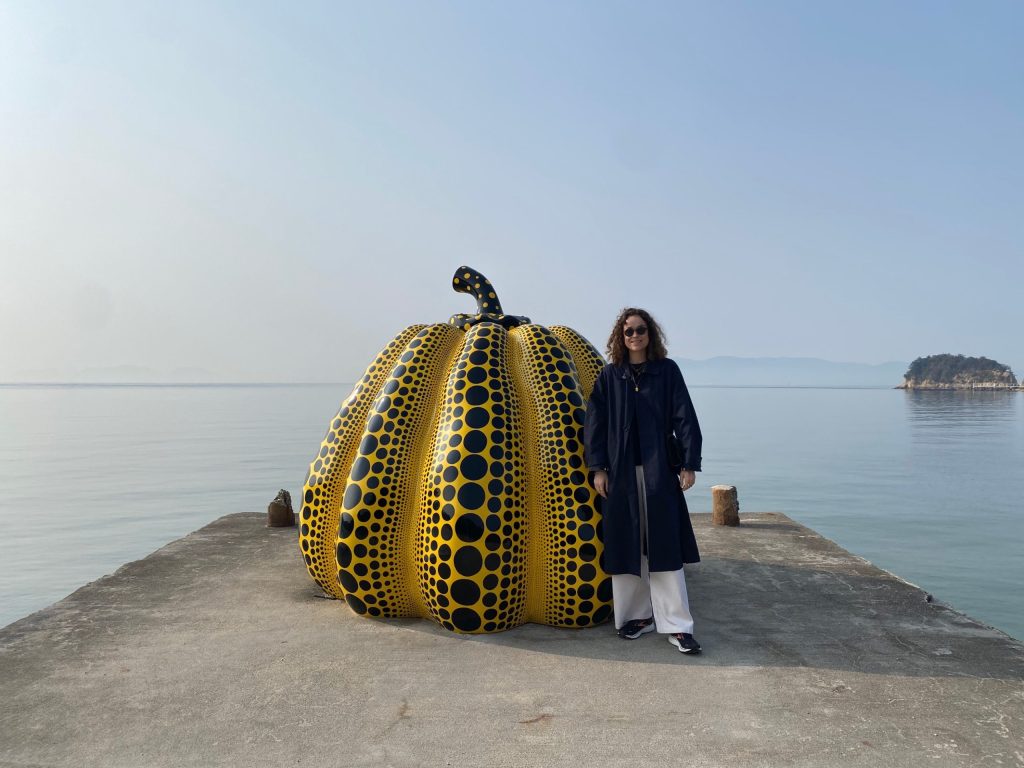
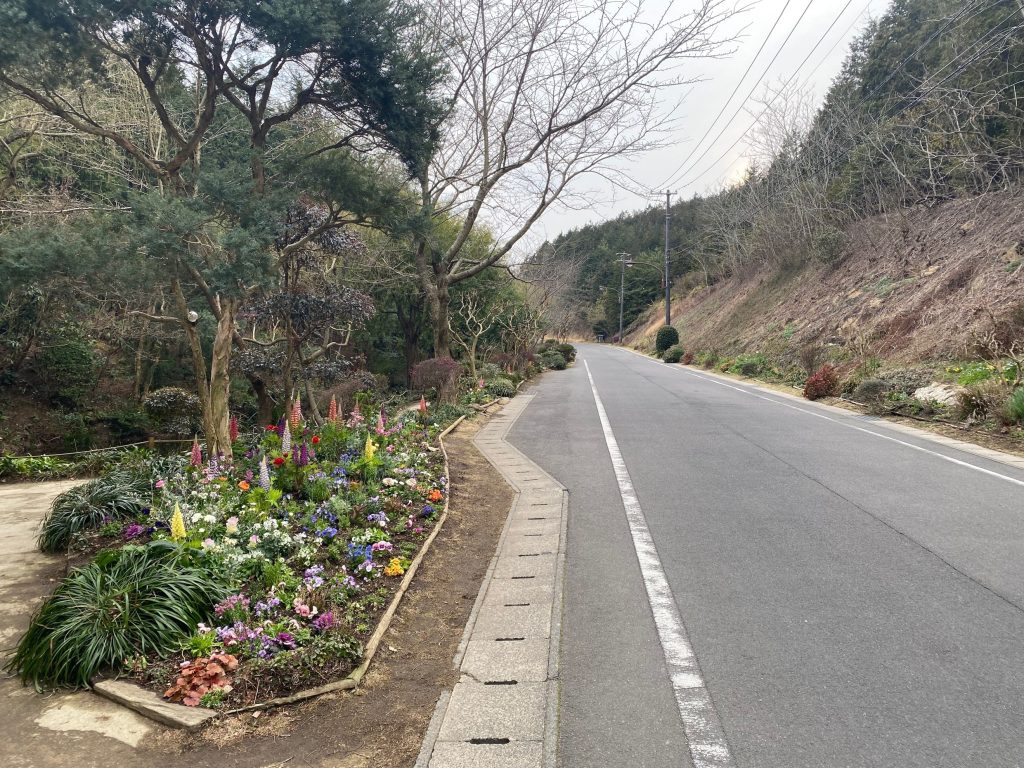
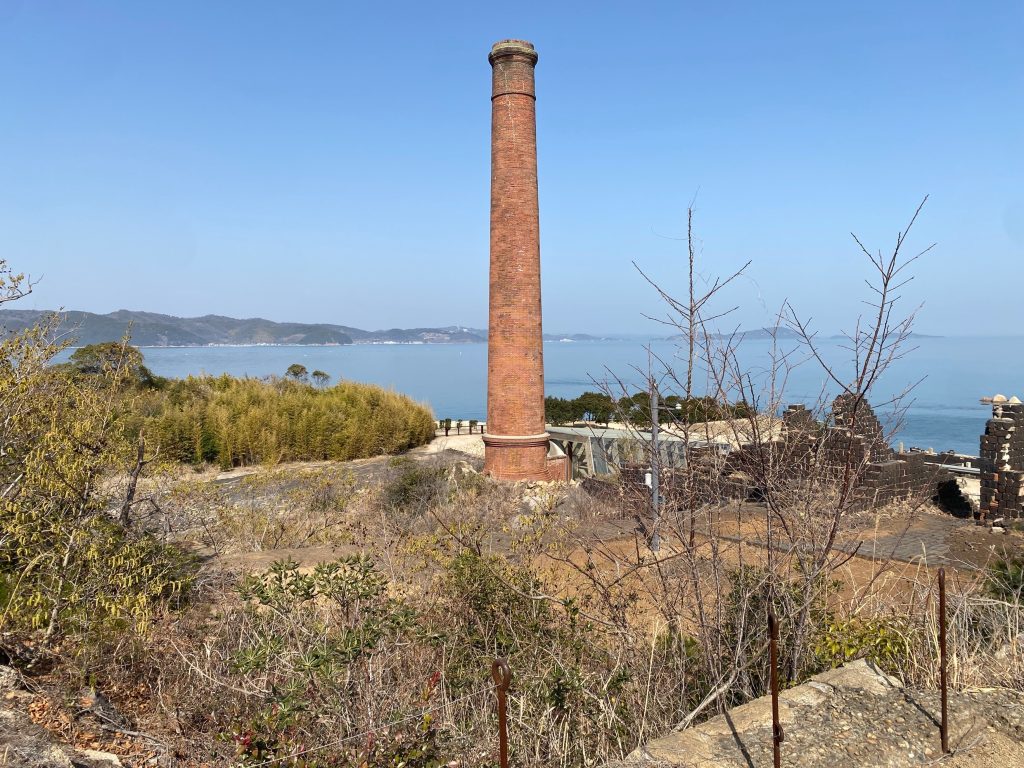
An absolut highlight was my trip to Naoshima, Teshima, and Inujima. Those are three small islands in the Seto Inland that have become famous for their contemporary art installations and museums. They have been transformed into cultural destinations, attracting visitors from all over the world. One of the main attractions is the art installations that are dotted around the landscape. These installations vary in size, style, and theme, but all have a strong connection to the environment around them. For example, on Naoshima, the famous “Pumpkin” sculpture by Yayoi Kusama is placed on a pier facing the sea, while the Benesse House Museum is built into the hillside overlooking the Seto Inland Sea. Additionally, the islands have a rich history and culture that is evident in the traditional architecture and local customs. The islands have been inhabited for centuries, and many of the old buildings and customs have been preserved, creating a sense of history and tradition.
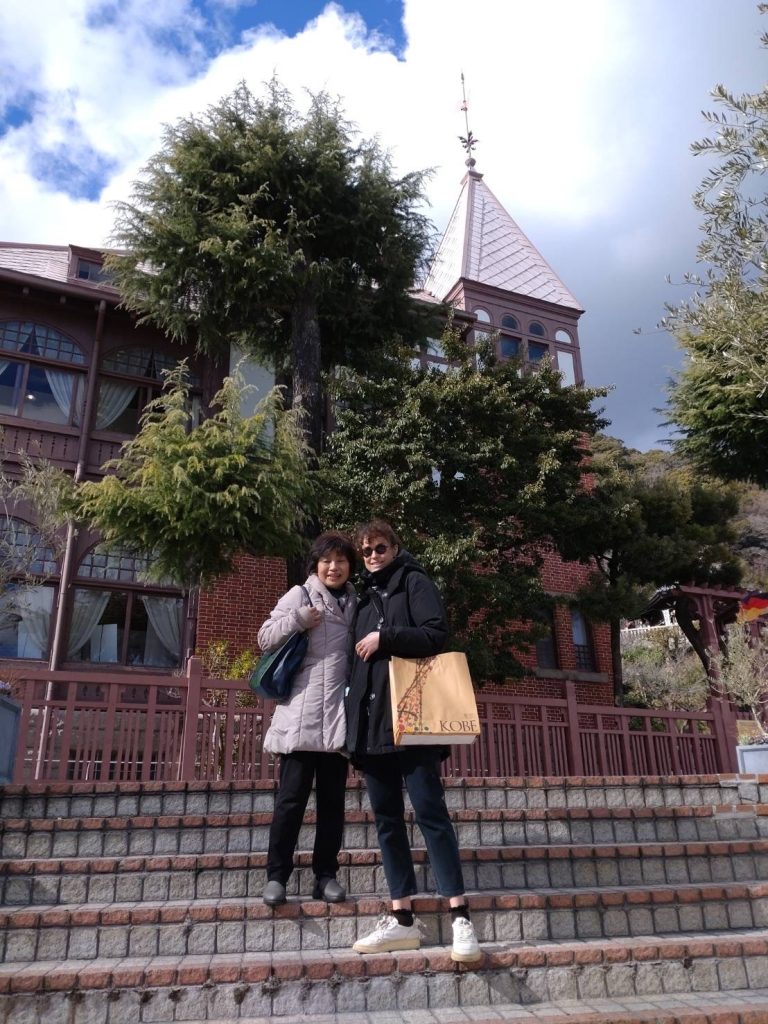
I have noticed again in all my experiences in the last two weeks, that the hospitality in Japan is truly unique, and it has left a lasting impression on me. The level of care and attention to detail that goes into making guests feel welcome is unparalleled and it is one of the things that makes Japan such a special place.

